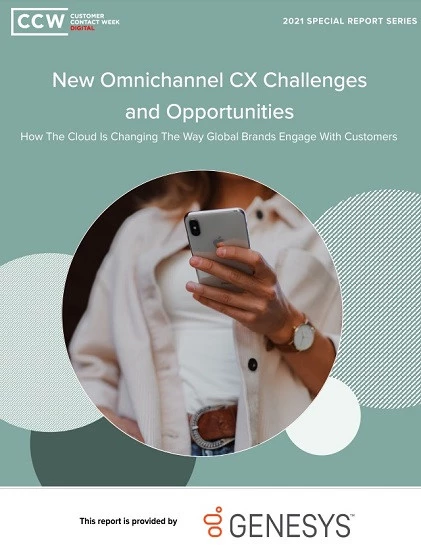How to Make Your Social Media Strategy More Customer-Centric
When to use humor, user-generated content and more
Add bookmarkCustomer centricity isn’t just about your contact center. Your agents might provide a wonderful inbound CS experience when customers contact you, but is your social media approach aligned with that ethos? If your brand comes off as a faceless corporate monolith in your tweets and Facebook posts, the answer is no.
Remember, people don’t use social media to be advertised to. They’re looking for great content that will make them laugh, surprise them, or inform them. If you orient your social media strategy around who your customer is and what content they favor on social media, you’ll have a better chance of building customer intimacy than just tweeting marketing copy into the void.
Reach the customer the way they want to be reached
The best examples of customer-centric social media marketing are when brands align with what their customers already do on each platform. For example, Twitter users generally search for news, memes, or updates on celebrities. Meanwhile, the average YouTube visitor wants to watch a short video that is educational or funny.
Orabrush, a manufacturer of tongue cleaners, took this cue and created a hilarious two-minute video in which a spokesperson stops people on the street and asks them to test a fictional new iPhone app called the Bad Breath Detector. After they blow on the bottom of the screen, the app “rates” each person’s breath by doling out compliments like “It’s as if fresh breath and fresh flowers married and consummated in your mouth,” or rasping: “I smell dead people.”
One particularly unlucky passerby was told: “It smells like a skunk crawled out of the sewer into your mouth, farted and then died, and then farted again.”
A few months beforehand, Orabrush’s brand ambassador introduced the app in a YouTube video filmed in his “bedroom” looking like any other YouTube vlogger - he’s in a t-shirt and tousled hair and we see his bed and an antiquated-looking GE fan on the desk behind him, and we take a liking to him because he’s funny, self-deprecating and slightly squinty.
On the other side of the spectrum, marketing software provider HubSpot preaches the importance of inbound marketing content, and does an excellent job on its own inbound strategy. Hubspot knows the majority of its audience are digital marketers and content creators who want to improve their strategy, so it creates a wealth of blog posts, white papers, e-books and instructional videos to educate them.
In fact, the Hubspot approach to inbound marketing is worth noting here:
Have customers create content for you
User-generated content brings authenticity to brands because it’s voluntarily produced by real customers. It also shows how real people use the product or interact with your brand, so prospective customers can picture how the product or brand fits into their lifestyle. As an example, GoPro’s Instagram page is awash with snaps of beautiful destinations and first-person photos of people surfing, skydiving, kayaking - and even someone’s frightened-looking pooch riding a boogie board.
Meanwhile, Starbucks took a cue from customers with a habit of doodling designs on its plain white cups by launching the White Cup Contest in 2014. Customers were asked to submit pictures as entries, and the winning doodle would be used for a new limited edition Starbucks cup. Nearly 4,000 customers submitted entries in three weeks, and Starbucks succeeded in subliminally conveying how much it values customer feedback.
Get inside your customer’s heads
You’re still running a business, and just because you’re content-focused doesn’t mean you neglect the core marketing and sales objectives of your social media strategy. You are merely going about selling your product in a way that is less invasive and more organic. No brand is expected to turn into a full-on content creator. Also, customers are starting to demand full CS functions on social media platforms, so by taking this on you are supporting your customers as well.
Create a content calendar balances inbound content that informs or delights with marketing collateral, like a blog post announcing your latest product or your expansion into an international market.
Furthermore, as more and more brands invest in building up self-service infrastructure and online knowledge bases as an alternative to the traditional contact center, your social media platforms can also serve as a knowledge portal for FAQs or even become a full customer service function by letting customers contact you directly through those channels.
Want to learn how to make your advertising more customer-centric? Click here.













